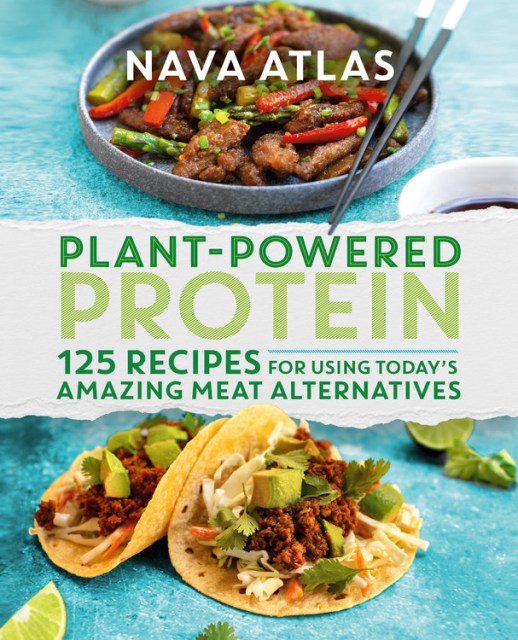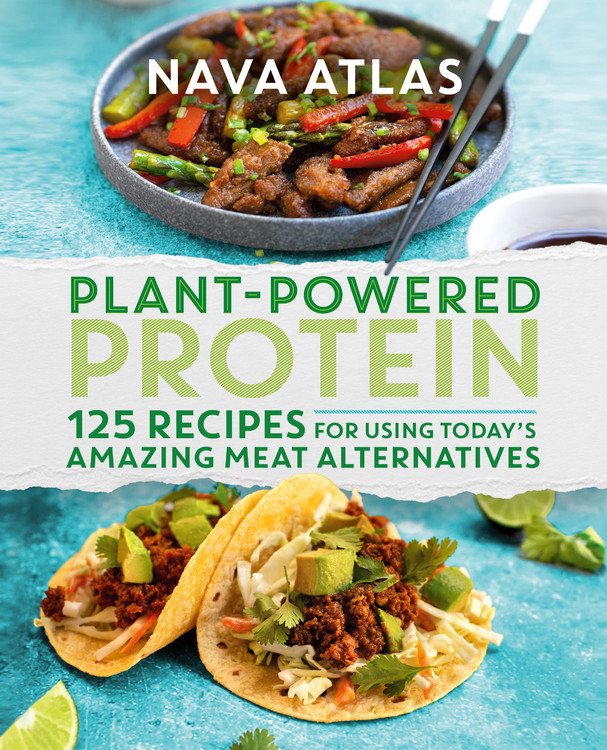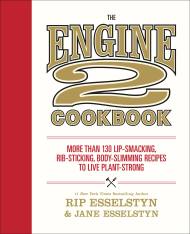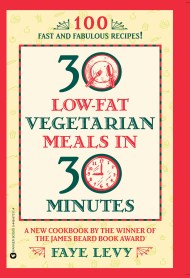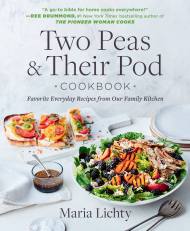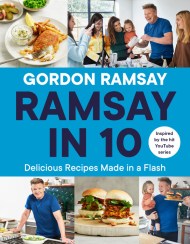Promotion
Use code BEST25 for 25% off storewide. Make sure to order by 11:59am, 12/12 for holiday delivery!
By clicking “Accept,” you agree to the use of cookies and similar technologies on your device as set forth in our Cookie Policy and our Privacy Policy. Please note that certain cookies are essential for this website to function properly and do not require user consent to be deployed.
Plant-Powered Protein
125 Recipes for Using Today's Amazing Meat Alternatives
Contributors
By Nava Atlas
Formats and Prices
- On Sale
- Dec 29, 2020
- Page Count
- 288 pages
- Publisher
- Grand Central Publishing
- ISBN-13
- 9781538718735
Price
$28.00Price
$35.00 CADFormat
Format:
- Hardcover $28.00 $35.00 CAD
- ebook $15.99 $20.99 CAD
This item is a preorder. Your payment method will be charged immediately, and the product is expected to ship on or around December 29, 2020. This date is subject to change due to shipping delays beyond our control.
Buy from Other Retailers:
Whether you’re exploring vegan options for environmental, ethical, or health reasons, Nava Atlas’s protein-focused recipes extend a warm welcome to the plant-powered protein revolution!
Today’s innovative meat alternatives prove you don’t have to sacrifice meaty flavors to enjoy a plant-based diet. You’ll discover new ways to prepare familiar favorites, from nostalgic classics to bold global fare with dishes are kinder to the earth and better for you.
Plant-Powered Protein offers 125 recipes for using plant-based proteins thoughtfully, incorporating whole foods and fresh vegetables. Bridging the divide between the traditional comfort food diet and the whole food plant-based approach, you’ll find an array of flavorful, easy recipes including:
- Soups and stews like New England Clamless Chowder and Beefy Barley & Bean Stew
- Comfort favorites like Classic Meat Loaf and Italian-Style Sausage & Peppers
- Global-inspired dishes like Korean Bulgogi Bowls, Mongolian-ish Beef, and Thai-Inspired Beefy Salad
- Diner specialties like Gyros, Philly Cheesesteaks, and “Tuna” Melts;
- Indulgent eats like Carne Asada Fries; Pulled Protein Tacos, and Baked Spaghetti Pie
- Brunch winners like Biscuits with Sausage Gravy and Spicy Chorizo Tofu Scramble.
These budget-friendly, approachable recipes will satisfy staunch meat-lovers, picky eaters, and healthy food fans alike. And for those with a DIY spirit, Nava provides from-scratch recipes for plant-powered ground, meatballs, sausage, bacon-style strips, and more.
Newsletter Signup
By clicking ‘Sign Up,’ I acknowledge that I have read and agree to Hachette Book Group’s Privacy Policy and Terms of Use
